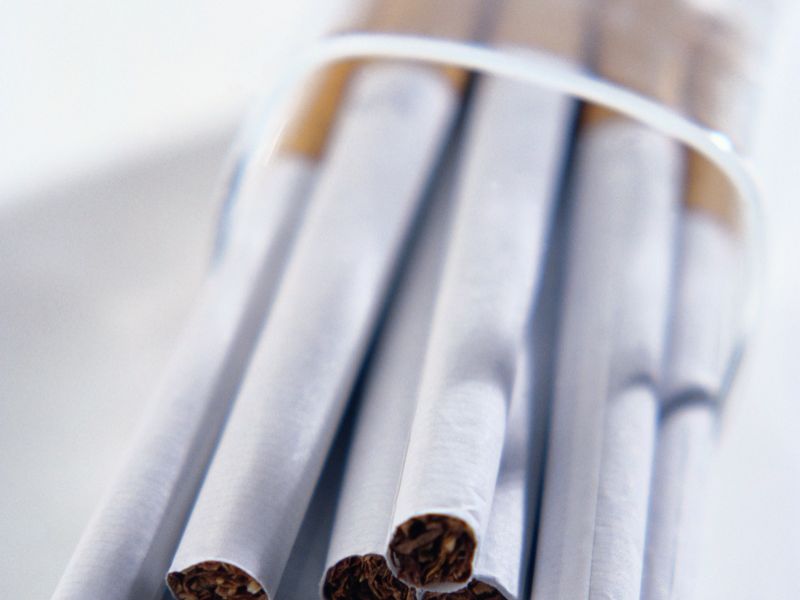To boost your stop-smoking resolve, the US health care system recommends
10 January, 2018
Best Ways to Quit Smoking, Cut Your Lung Cancer Risk. By Robert Preidt. medlineplus.gov. January 5, 2018. While there is no sure way to avoid lung cancer, there are steps you can take to reduce your risk. Smoking contributes to 80 to 90 percent of lung cancer deaths, according to the American Lung Association. Men who smoke have a 23 times increased risk of lung cancer. And exposure to secondhand smoke causes approximately 7,330 lung cancer deaths among nonsmokers in the United States every year.See also: There are a number of ways to improve your chances of success to quit smoking
 So, if you’ve never smoked, don’t start. If you do smoke, try to quit. Talk to your doctor about methods and aids to help you quit. These include nicotine replacement products, medications and support groups, according to UPMC Pinnacle, part of the University of Pittsburgh Medical Center health care system.
So, if you’ve never smoked, don’t start. If you do smoke, try to quit. Talk to your doctor about methods and aids to help you quit. These include nicotine replacement products, medications and support groups, according to UPMC Pinnacle, part of the University of Pittsburgh Medical Center health care system.To boost your stop-smoking resolve, the health care system recommends the following steps:
- Set a quit date to solidify your commitment to quitting. Make it a significant date, such as a birthday or anniversary.
- Prepare for your quit day by getting rid of all tobacco products from your home, car and workplace. Think about things you can do to take your mind off smoking during the first month, when your risk of relapse is high.
- Give yourself daily reminders about why you want to quit.
- Create a support system. Find a friend who also wants to quit smoking. If that’s not possible, ask family and friends to help keep you on track. Support groups are another option.
- If you’re a nonsmoker, avoid secondhand smoke. If you live or work with smokers, encourage them to quit. If they can’t quit, ask them to smoke outside. Avoid areas where people smoke and ask to be seated in the nonsmoking section when you go to restaurants and bars.
- Have your home checked periodically for seepage of radon gas, especially if you live in an area where radon is a known problem. Your local public health department or local chapter of the American Lung Association can provide more information on radon testing.
- Avoid known carcinogens. If you work around cancer-causing materials, take measures to protect yourself and follow your employer’s posted precautions. For example, if you’re given a face mask, wear it. It’s also a good idea to talk to your doctor about how to protect yourself at work.
- Eat plenty of fruits and vegetables. That’s far better than taking large doses of vitamin pills, which can do more harm than good.
- Get regular exercise. If you haven’t been active, start slowly.
- Get lung cancer screenings. That’s especially important if you’re at high risk. That includes people ages 55-79 who have smoked the equivalent of one pack daily for 30 years. Also included: people 55-79 who have smoked the equivalent of one pack daily for 20 years and who have one additional risk factor, including radon or asbestos exposure, cancer history, strong family history of lung cancer, significant secondhand smoke exposure, chronic obstructive pulmonary disease (COPD) or pulmonary fibrosis.
HealthDay
